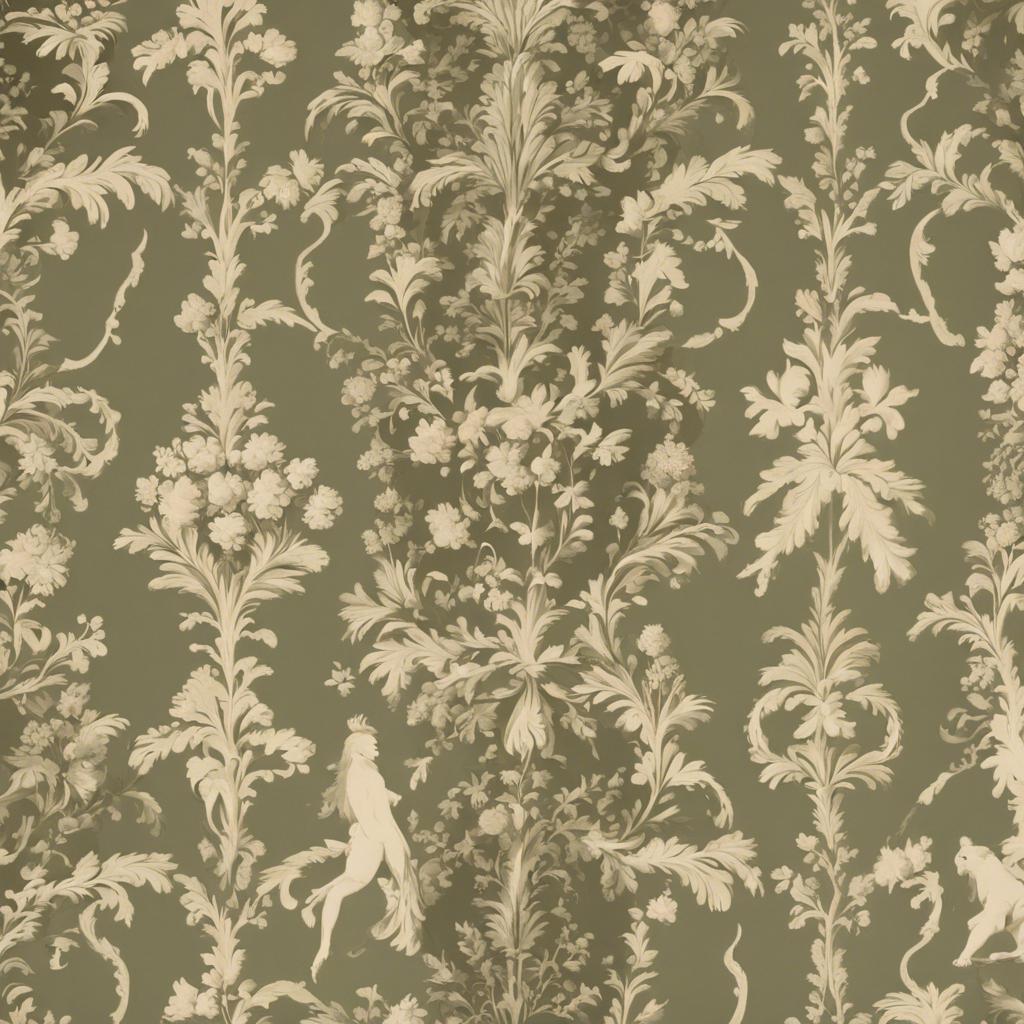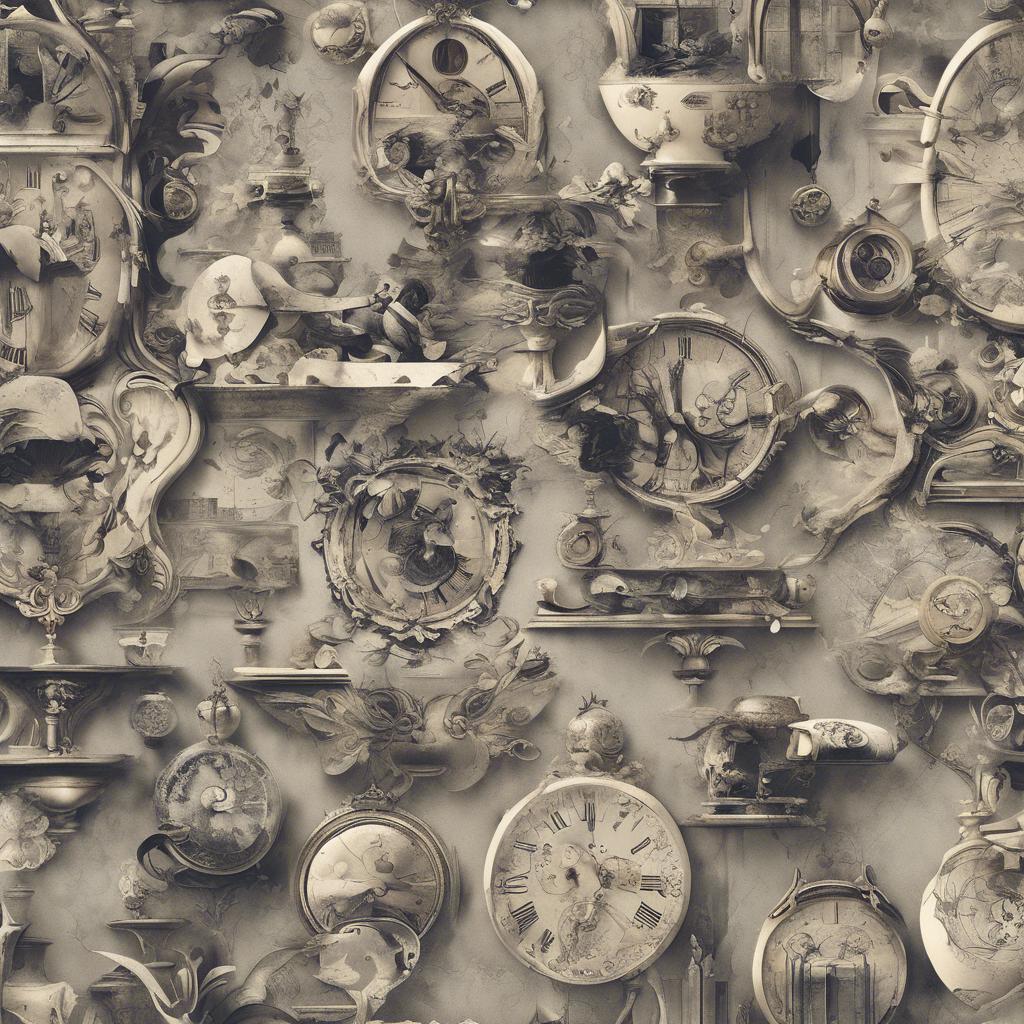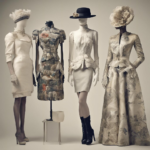During the Regency era, wallpaper became an essential element of interior design, reflecting the elegance and taste of the period. As a manifestation of changing social attitudes and artistic trends, Regency era wallpaper showcased intricate patterns, vibrant colors, and luxurious textures that transformed the walls of fashionable homes. This article explores the history and significance of Regency era wallpaper, shedding light on its evolution and enduring impact on interior décor.
Step Into the World of Cheryl Bolen
Dive into the enchanting stories of love, intrigue, and elegance set in the Regency Era. Cheryl Bolen's novels offer timeless romance and captivating tales that will leave you wanting more.
Explore Cheryl Bolen's Books Now
Evolution of Regency Era Wallpaper Design
The showcases the changing trends and influences in interior decoration during the regency era undergarments men”>early 19th century. From simple and elegant patterns to intricate and elaborate designs, Regency wallpaper reflects the style and taste of the era.
During this period, wallpaper was a popular choice for decorating homes, as it added color and texture to walls in a time when paint was expensive and less durable. Patterns often featured motifs such as floral designs, geometric shapes, and architectural elements, creating a sense of opulence and sophistication in the space.
As the Regency Era progressed, wallpaper designs became more bold and vibrant, incorporating a mix of colors and patterns to create a visually striking aesthetic. The use of metallic accents and intricate detailing further added to the luxurious appeal of Regency wallpaper, making it a staple in fashionable homes of the time.
Popular Patterns and Colors in Regency Era Wallpaper
In the Regency Era, wallpaper was a popular choice for adding elegance and sophistication to interior design. Some of the most common patterns seen during this time included intricate floral designs, geometric shapes, and delicate stripes. These patterns were often inspired by nature, with flowers such as roses, lilies, and tulips being popular motifs.
Colors played a significant role in Regency Era wallpaper, with pastel shades being the most sought after. Soft hues such as pale blue, light pink, mint green, and lavender were commonly used to create a calming and harmonious atmosphere in the home. Bold colors such as deep red, navy blue, and emerald green were also utilized to make a statement and add drama to a room.
One of the key characteristics of Regency Era wallpaper was its use of metallic accents. Gold and silver detailing were often added to wallpaper designs to create a sense of luxury and opulence. These metallic elements would catch the light and add a touch of glamour to any room.
Materials and Techniques Used in Regency Era Wallpaper Production
The were a reflection of the elegance and sophistication of the period. One of the most commonly used materials was hand-painted paper, where intricate designs and patterns were meticulously painted by skilled artisans. These wallpapers often featured motifs such as floral patterns, scenic landscapes, and geometric shapes, all done in a delicate and harmonious style.
In addition to hand-painted paper, Regency era wallpaper production also utilized block printing techniques. This involved using carved wooden blocks to transfer designs onto paper, creating a more uniform and repeatable pattern. The use of block printing allowed for faster production of wallpapers and enabled manufacturers to meet the high demand for decorative wall coverings during the Regency era.
Furthermore, some wallpapers from this period were made using a technique known as flocking. Flock wallpaper featured a textured surface created by applying fine particles of wool or silk onto a paper base. This luxurious technique added a tactile element to the wallpaper, making it not only visually appealing but also pleasing to the touch. Flock wallpaper was often used in more formal rooms and added a touch of opulence to Regency-era interiors.
Tips for Incorporating Regency Era Wallpaper into Modern Interiors
When incorporating Regency Era wallpaper into modern interiors, it is important to consider the following tips to achieve a seamless and sophisticated look:
Choose the Right Wallpaper: Opt for wallpapers with classic Regency Era designs such as neoclassical motifs, intricate damasks, and elegant floral patterns. These timeless designs will add a touch of elegance and sophistication to any modern space.
Consider the Color Palette: Stick to a refined color palette of soft pastels, muted tones, and classic hues such as gold, silver, and navy. These colors were popular during the Regency Era and will help create a cohesive and harmonious look in your modern interior.
To Wrap It Up
the regency era was a time marked by elegance, refinement, and opulence, and nowhere is this more evident than in the exquisite wallpaper designs of the period. From intricate floral patterns to bold geometric prints, regency era wallpaper served as a reflection of the society’s taste and style. As we continue to admire and study these beautiful creations, we are reminded of a bygone era where artistry and craftsmanship were valued above all else. So let us cherish and preserve these treasures from the past, ensuring that the legacy of regency era wallpaper continues to inspire and captivate for generations to come.


